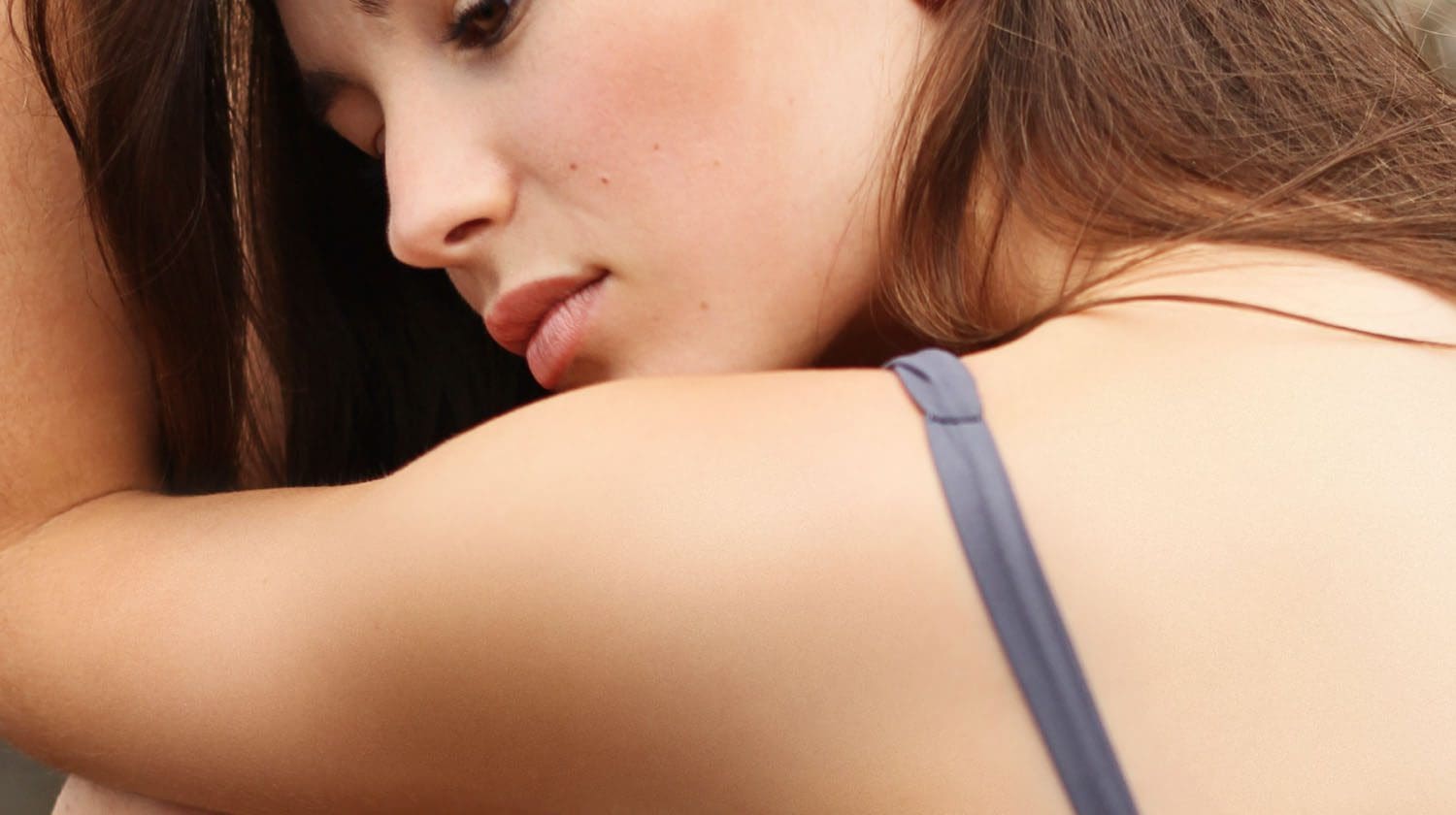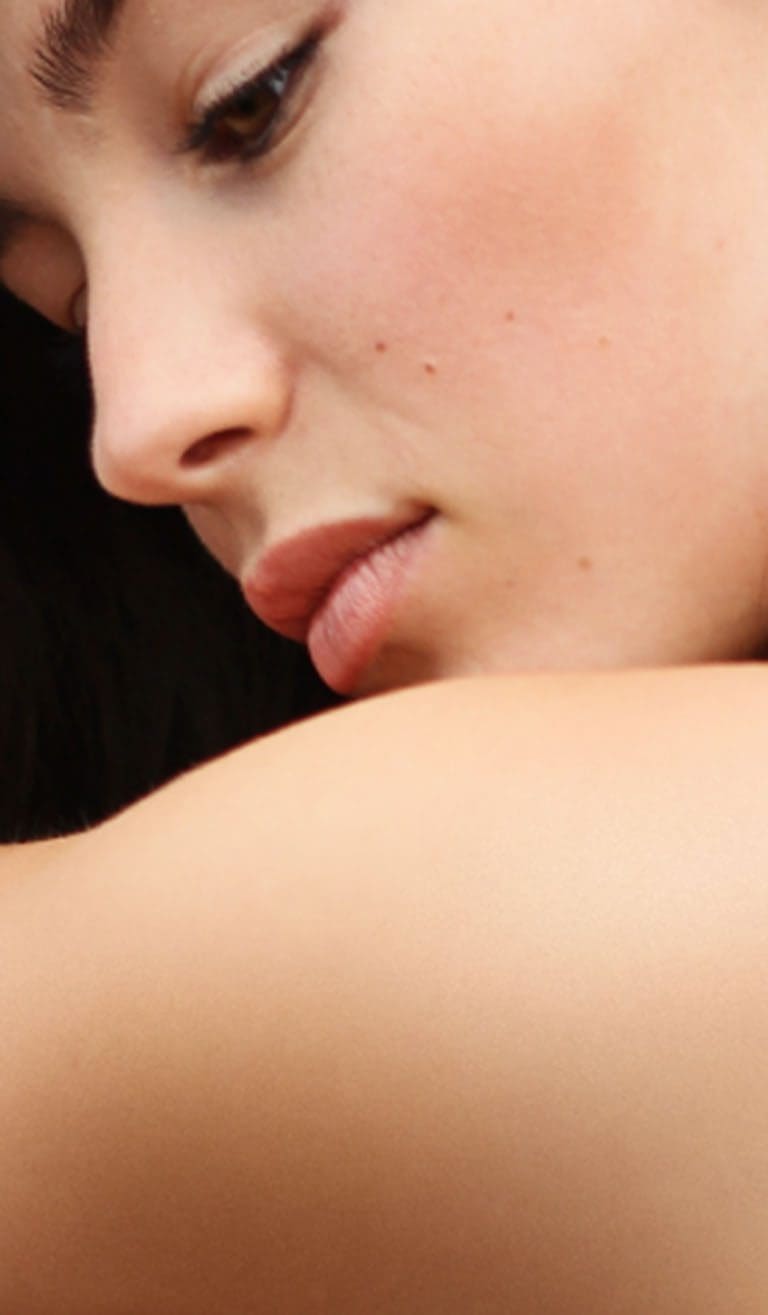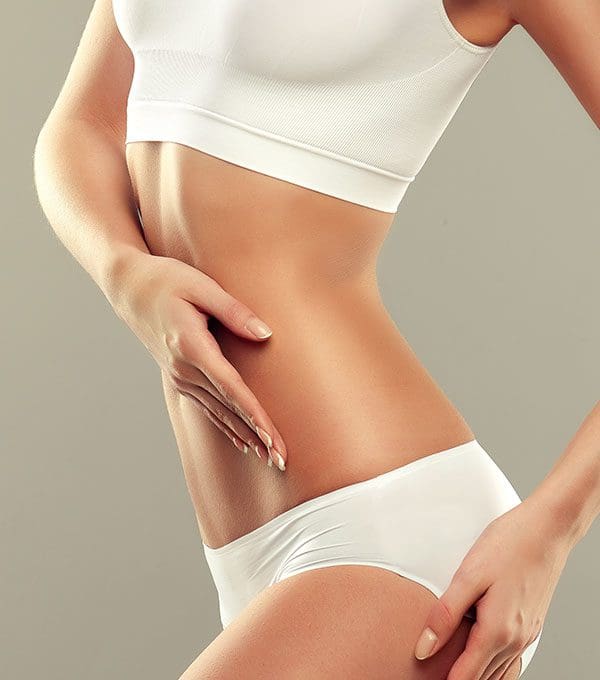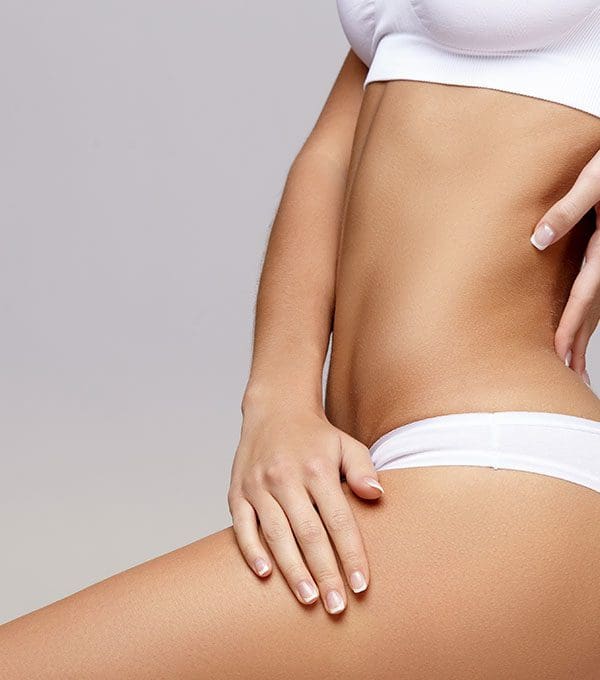Botox
Cheek Filler Swelling Stages: How Long Does Swelling Last?
One of the most common ways to enhance facial volume and create a youthful appearance is through cheek filler treatments. Results are usually instant, though some swelling is common as your skin reacts to the treatment. Learning about what to expect in terms of swelling stages, what affects how long swelling lasts, and when to seek professional help will help you set realistic expectations and care for your skin after a treatment.
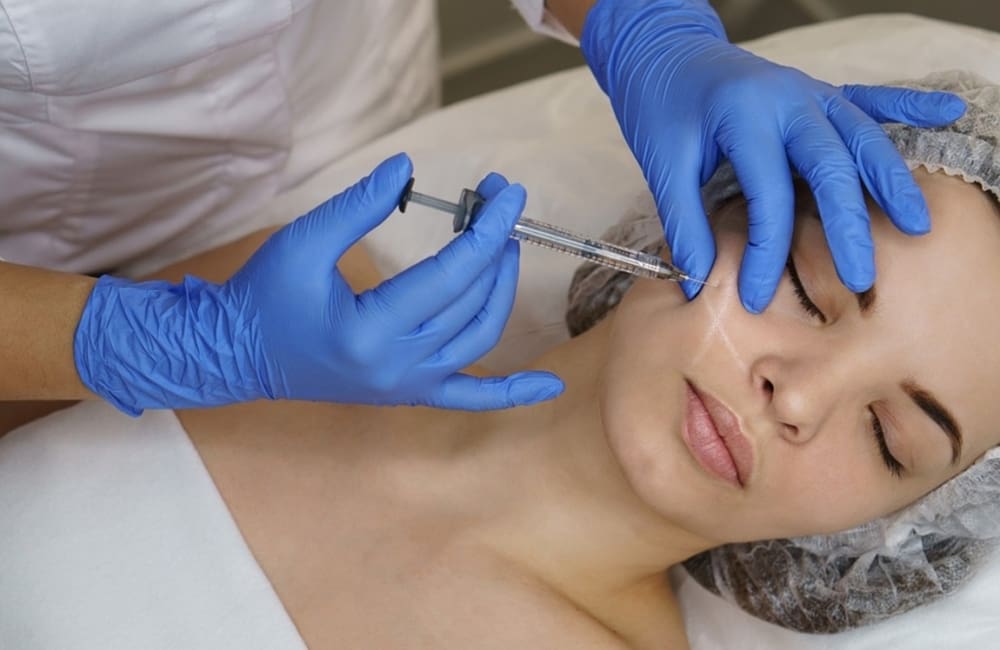
In this article, we’ll talk about the normal stages of swelling, what factors can slow down or speed up your recovery, when you should be worried, and aftercare tips to make sure it goes smoothly. Let’s dive in!
Cheek filler swelling stages
Swelling is a normal and temporary side effect of receiving cheek fillers. The swelling usually goes in steps, where each step lasts a few days to a week, depending on the patient and treatment.
Stage 1: Immediate Swelling (0-2 days)
Immediately following the procedure, you can expect to see swelling and mild bruising in the targeted areas. This is entirely normal and due to the injection process. Swelling is often worst during the first 24-48 hours and may be tender to the touch.
Stage 2: Subacute Swelling (2-5 days)
By the second day, the initial swelling starts to reduce, but there may still be noticeable puffiness. Bruising might also become more visible. During this phase, you may also feel some tightness or discomfort around the cheeks as your skin adjusts.
Stage 3: Settling (5-10 days)
Swelling generally begins to subside after a week. The filler starts to settle into place, and the fullness from the filler begins to soften. Bruising will also start to fade.
Stage 4: Final results (2-4 weeks)
Within two to four weeks, the swelling will have completely diminished, and the cheek filler will fully settle, revealing the final results. If swelling persists beyond this time, you should consult with your provider.
What factors affect cheek filler swelling?
Several factors can influence the extent and duration of swelling after cheek filler treatments. Understanding these factors can help manage expectations and guide post-treatment care.
- Injection technique: The skill and experience of the injector play a significant role in the amount of swelling. A more precise injection technique reduces trauma to the skin, minimising swelling.
- Filler type: Different types of dermal fillers vary in consistency and formulation, which can affect how they integrate into the skin. Hyaluronic acid-based fillers, for example, tend to cause less swelling compared to other types.
- Amount of filler: The more filler used, the greater the likelihood of swelling. Larger volumes may take longer to settle.
- Individual sensitivity: Some individuals naturally experience more inflammation due to skin sensitivity, immune responses, or pre-existing conditions like rosacea, which can increase swelling.
- Aftercare practices: Following proper aftercare instructions, such as avoiding vigorous exercise or excessive heat, can reduce the likelihood of prolonged swelling. Failure to follow these instructions may delay healing.
- Pre-existing conditions or medications: Conditions like blood clotting disorders or medications such as blood thinners can exacerbate swelling and bruising by increasing blood flow or affecting skin healing.
When should I be concerned about persistent cheek swelling after fillers?
While some swelling after cheek filler treatments is normal, there are situations where persistent or severe swelling may indicate a problem. If you notice swelling lasting beyond two weeks, it’s important to reach out to your practitioner. Here are a few signs to watch out for:
- Prolonged swelling (beyond 2 weeks): Swelling should gradually subside within a week or two. If it persists for much longer, it could indicate an adverse reaction or an infection, requiring medical attention.
- Pain or tenderness: Some discomfort is expected, but if swelling is accompanied by intense pain or tenderness that worsens over time, it may suggest an infection or an allergic reaction to the filler.
- Uneven swelling: If one side of your face appears more swollen than the other, or if the swelling is lumpy or asymmetrical, this could indicate complications such as filler migration or an issue with how the filler was injected.
- Hard lumps or nodules: While mild swelling is normal, hard lumps may indicate that the filler has not settled properly, or an infection or granuloma could have formed.
If you notice any of these signs, it’s essential to consult with your provider to assess the situation and ensure a safe recovery.
Recommended aftercare for cheek filler treatment
Proper aftercare is essential for ensuring the best results and a smooth recovery after cheek filler treatment. Here are key aftercare tips to follow:
- Avoid touching or massaging the treated area: Refrain from rubbing or pressing on your cheeks for at least 24-48 hours to prevent any movement of the filler or irritation.
- Apply cold compresses: To reduce swelling and bruising, gently apply a cold compress to the treated areas for 10-15 minutes at a time during the first 24 hours. Avoid direct contact with ice to prevent skin damage.
- Stay upright: For the first few hours after the treatment, keep your head elevated to help minimise swelling. Avoid lying down flat for extended periods.
- Avoid strenuous exercise: Refrain from intense physical activity, such as heavy exercise, for at least 48 hours post-treatment to prevent increased swelling or bruising.
- Skip heat exposure: Stay away from saunas, hot tubs, or excessive sun exposure during the first week to avoid aggravating swelling.
- Take prescribed medications: If your practitioner has recommended any medications, such as anti-inflammatory drugs or antibiotics, follow their instructions carefully.
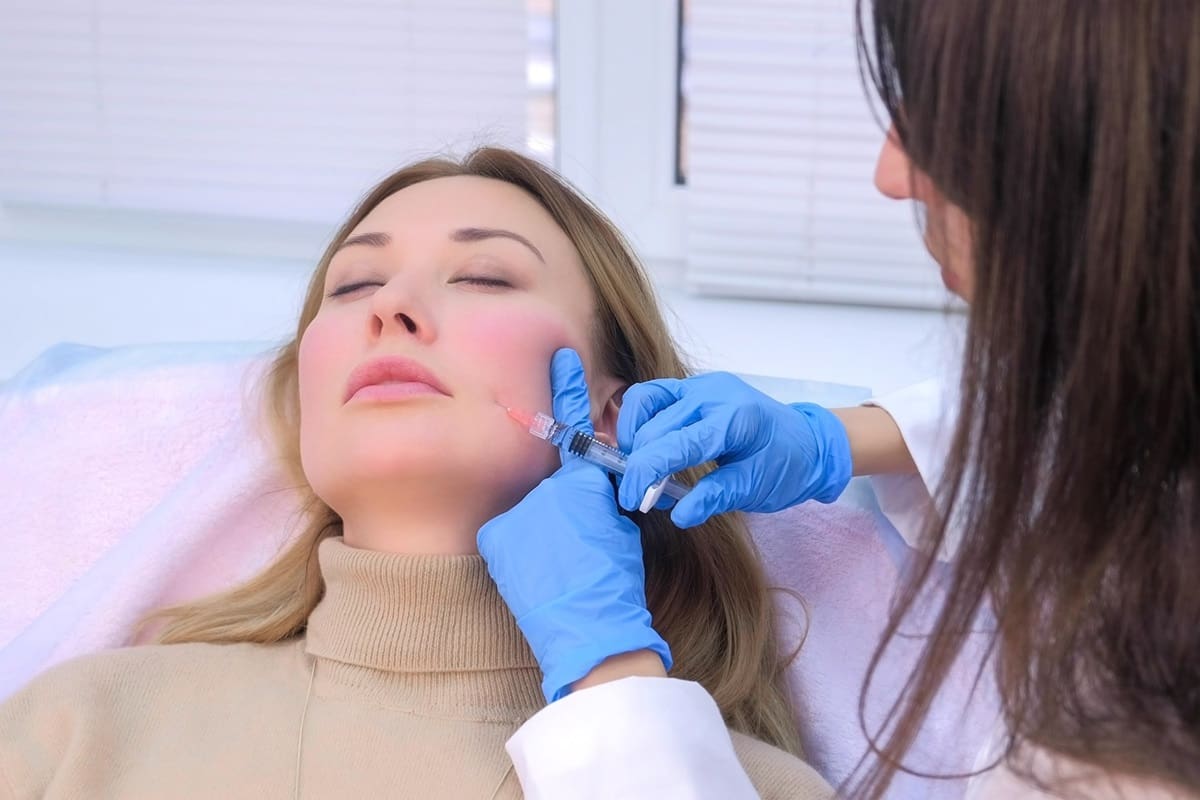
Book a consultation with Botonics to understand more about cheek filler
If you’re considering cheek fillers and want to learn more about the procedure, it’s essential to seek advice from a trusted professional. Book a consultation with Botonics today to discuss your goals and get personalised recommendations.
Our expert team will guide you through the process, address any concerns, and help you understand what to expect before, during, and after your treatment. At Botonics, we prioritise your safety and satisfaction, ensuring that you achieve the best possible results. Don’t hesitate—schedule your consultation now and take the first step towards enhancing your natural beauty!

